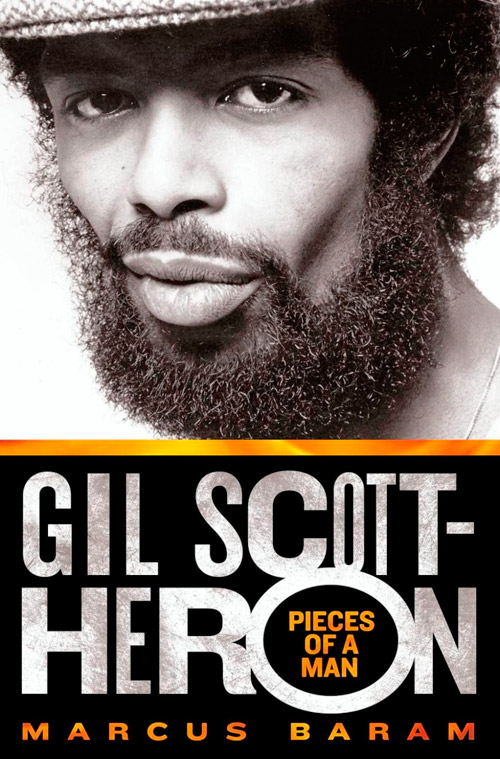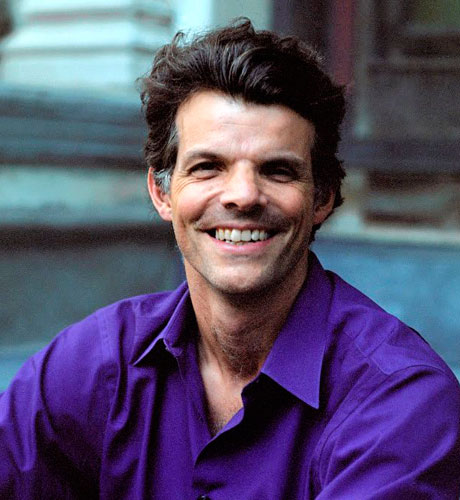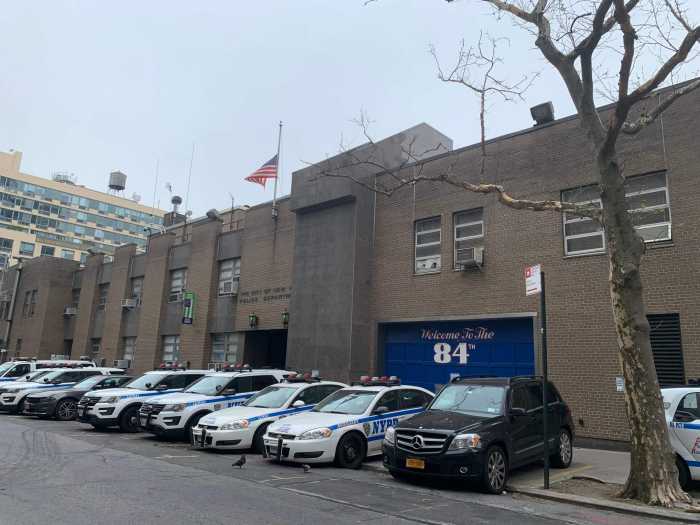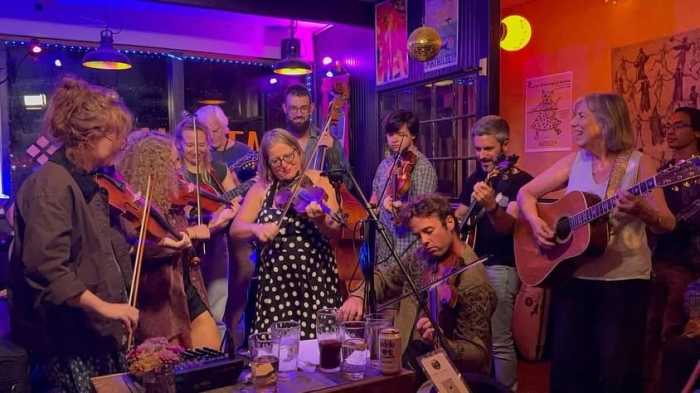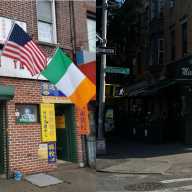This reading will not be televised.
A Park Slope journalist has penned a book about the influential poet and songwriter Gil Scott-Heron. Author Marcus Baram will be giving a reading from his work “Gil Scott Heron: Pieces of a Man” at BookCourt in Boerum Hill on Nov. 16.
Baram said he has been a fan of Heron’s since the 1980s, but first saw him perform at a show celebrating Martin Luther King at the Manhattan music club SOBs in 1991. It was there that he got the idea to pen the biography.
“There was nothing written about this guy, and he’s amazing,” Baram said he remembers thinking at the show. “I thought, I’m going to write a book about him.”
Baram got to know Heron in 2008 when he wrote a profile of the artist for New York Magazine, and the pair kept in touch. The experience was a thrill for Baram.
“I just jumped at the chance to tell his story,” said Baram, who is the managing editor of the International Business Times.
Heron, who briefly lived in Fort Greene during the early 1990s, is known for penning socially-conscious poetic lyrics set to jazz and funk music. He produced 15 albums between 1970 and his death in 2011. One of his first songs, “The Revolution Will Not Be Televised,” was also his most enduring. The track, which takes aim at the commercialism and complacency he saw resulting from capitalism, became a symbol of protest movements around the world and is still used today, Baram said.
“You could see the phrase on signs from the 1980s in Eastern Europe all the way through to the Arab Spring,” he said.
Heron’s biting tongue garnered comparisons to 1960s folk icons. Some people even called him the “Black Bob Dylan” — a label he hated, Baram said. But Heron’s influence is beyond reproach, the author explained — he paved the way for a whole branch of hip-hop that concentrates on social issues, melding meaningful lyrics with catchy beats.
“He allowed a lot of artists to realize that they could bring social consciousness into their work,” said Baram.
Heron battled drug addiction throughout his career, and served time in prison as recently as 2008 — a fact that only makes his achievements seem more impressive to Baram.
“In a way it’s amazing that he survived for as long as he did,” he said. “He was a functioning drug addict for nearly 20 years.”
But the new biography does not focus on the darker side of Heron’s career, but rather his work.
“I wanted to focus on his creativity and his artistry,” Baram said. “The finding of his voice and the making of poetry.”
Marcus Baram and “Gil Scott Heron: Pieces of a Man” at Book Court [163 Court St. between Pacific and Dean streets in Boerum Hill, (718) 875–3677, www.bookcourt.com]. Nov. 16 at 7 pm. Free.
